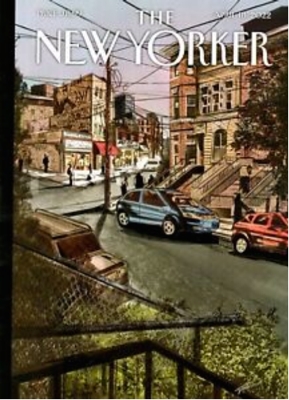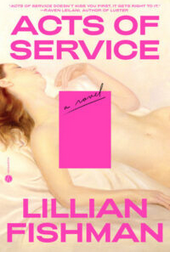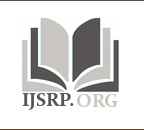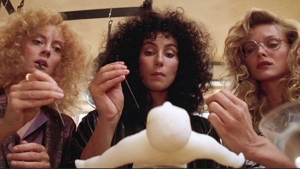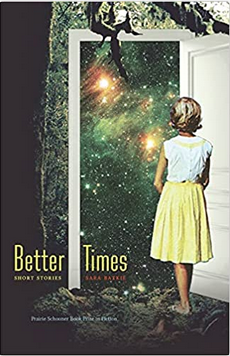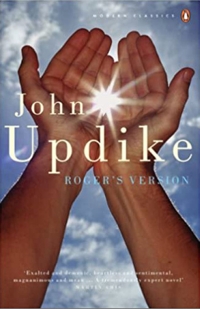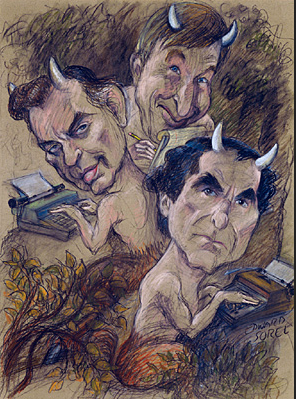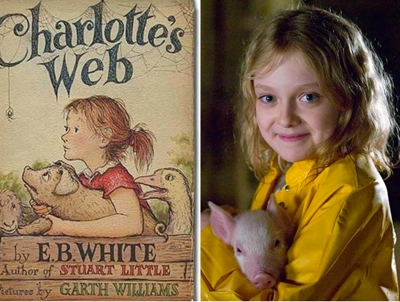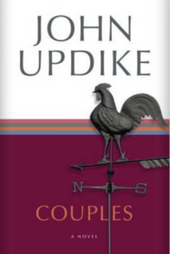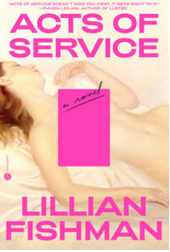Tad Friend‘s musings on who gets custody of the family tales in “With father and son writers, who gets to tell the family story?” appeared in the April 18, 2022 issue of The New Yorker.
Friend writes, “When I was young, I admired no writer’s stories more than John Updike’s. Book jackets sporting his woodsy tousle and horndog smile were everywhere, like portraits of a Balkans despot. Updike surrounded us; in some thermostatic way, he established the climate. I was already a watchful white guy, and I already wrote for the Harvard Lampoon, as he had. All I had to do was move to New York, sum up the culture, and reap the hosannas. Easy-peasy.
“When I got to New York, burning with the prescribed low steady fever, I met with a New Yorker writer who’d been hired out of Harvard three years earlier, another Updike in utero. I’d sent him my clips, hoping he’d say, “You should start here tomorrow!” Scratching his ear meditatively, he in fact said, “You know what I’d do if I were you? I’d move to a place like Phoenix and write for an alternative newspaper. Learn how power shapes a midsize American city, and how to report, and all the facets of our craft. And then, after ten years or so, if you still have a mind to, return to New York.”
To make a long story short, “In 1998, a dozen years later than the Updike Protocol had prescribed, I joined the staff of The New Yorker. One of my first stories was about two workmen in Sun Valley who’d dug up a jar of gold coins on land owned by Jann Wenner, the Rolling Stone co-founder; each schemed to take the treasure, but Wenner ended up with it. Day wrote, ‘It may be rather nineteenth century of me, but I wondered what The New Yorker’s goal was in publishing it. To show the triumph of a New Yorker who didn’t care?’ After I stopped responding to these irksome questions, he stopped posing them.”
Friend’s latest book is In the Early Times: A Life Reframed.

